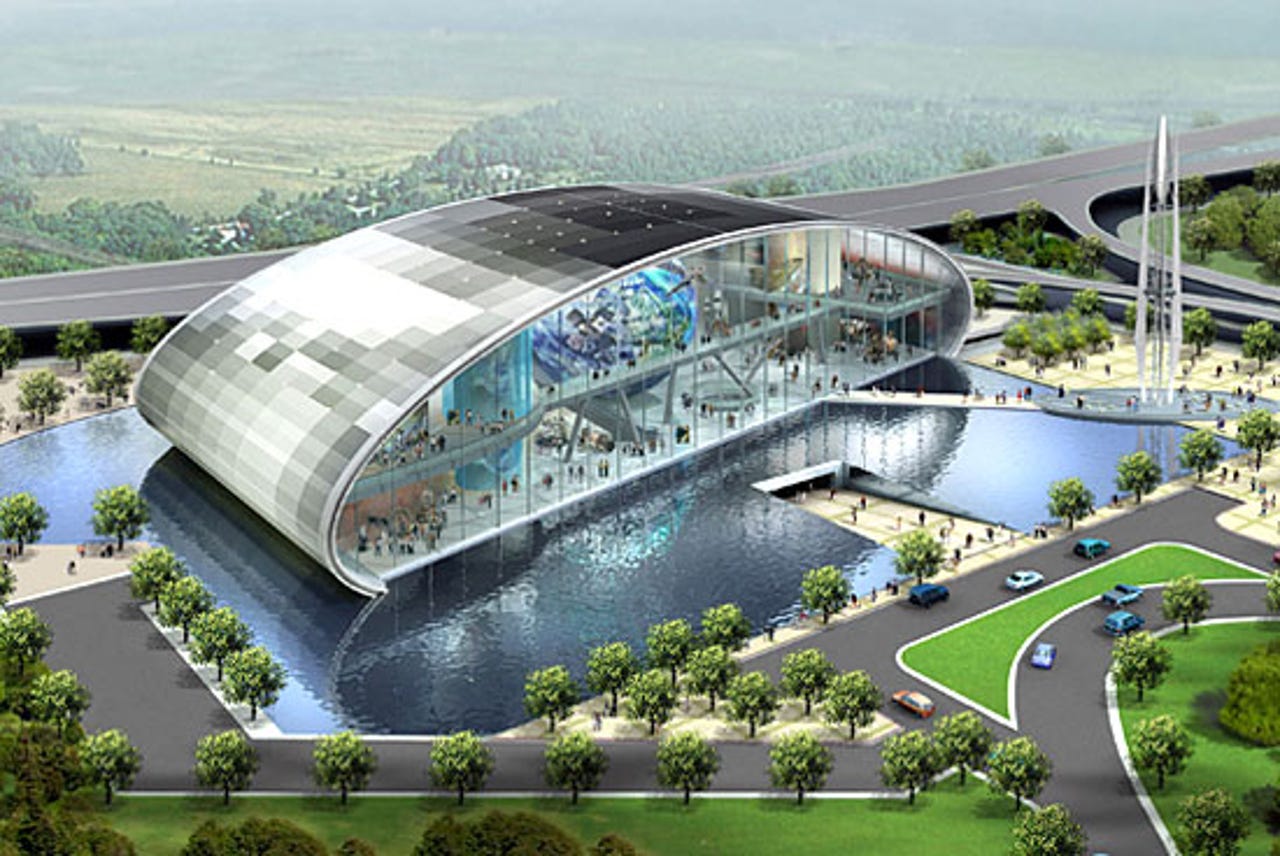Photos: Space tourism is no vacation


Spaceport
Space Adventures, a private company that has sent well-heeled tourists into space, announced Monday that it is partnering with a Singapore-based consortium to build a space station in the small island nation. The commercial spaceport will offer suborbital spaceflights, as well as operate astronaut training facilities and an educational visiting center for the public.
Centrifuge
Several companies are making plans to send individuals into space. Virgin Galactic, for one, has said tickets for its suborbital spaceflights will cost roughly $200,000, and the company already has a long waiting list of eager customers. But these vacations aren't as simple as packing the family into the minivan for a trip to Disneyland. While suborbital trips don't take as much intense training, Space Adventures passengers who want to go into orbit will first have to undergo some extreme tests during the company's Orbital Pre-Qualification program to prepare for their flight. This centrifuge simulates re-entry into Earth's atmosphere and gives space tourists an understanding of the forces they will experience during a Soyuz rocket launch until they reach the orbit of the International Space Station (ISS).
Water landing
Would-be space travelers will be tested for medical and physical ability. The training program prepares them for the entire trip, from launch to landing. Part of the program includes a simulated water landing.
Space capsule
Greg Olsen, flight engineer Valery Tokarev and an unknown cosmonaut trainee squeeze into the tight quarters of a training capsule.
ISS module
One of Space Adventures' ISS modules, submerged in the hydrolab at Zvezdny Gorodok, or "Star City." Star City, where much pre-flight training takes place, was once a highly classified facility, so secretive that its existence was largely unknown to most of the Soviet military. Built in 1960 and protected by thick walls, barbed-wire fences and gun-toting guards, Star City is the training site of every Russian crew to fly into space.
Neutral buoyancy
The Neutral Buoyancy tank in Star City offers a good simulation of weightlessness on Earth. In the hydrolab, cosmonauts can test equipment and practice techniques used during Extra Vehicular Activity at the space station.
Soyuz approaching
This photo was taken by Greg Olsen on his trip to the ISS in October 2005. The tech entrepreneur paid $20 million for the trip. Olsen made his fortune by selling his first company, Epitaxx, for $12 million. He then founded Sensors Unlimited in 1992, sold it for $700 million in 2000, repurchased it for $6 million in 2002 and sold it again for $60 million.
Drinking water
Taking a water break, the way astronauts do it. Greg Olsen, the third civilian to make a tour of space, joined the Expedition 12 crew for an eight-day mission at the space station.
Moscow monument
A monument in Moscow pays tribute to the first spaceflight. A museum is situated in the bottom of the structure.